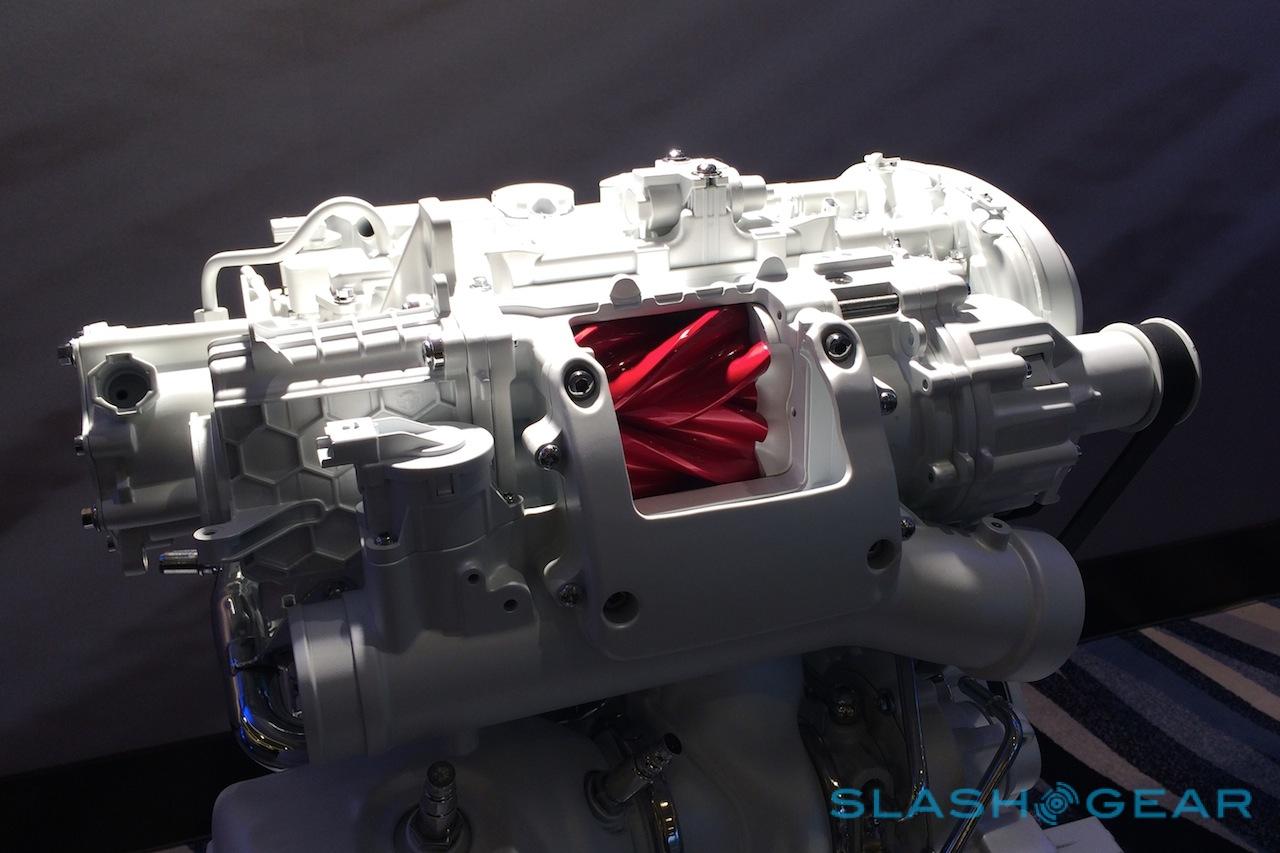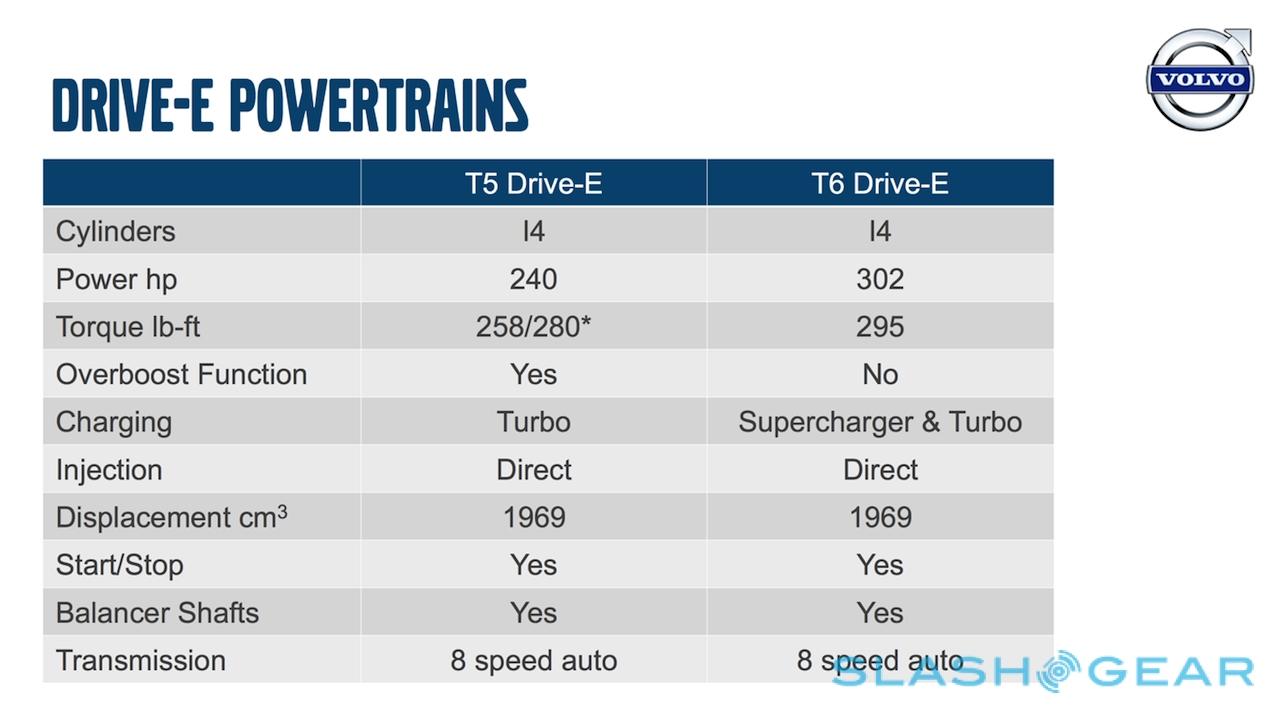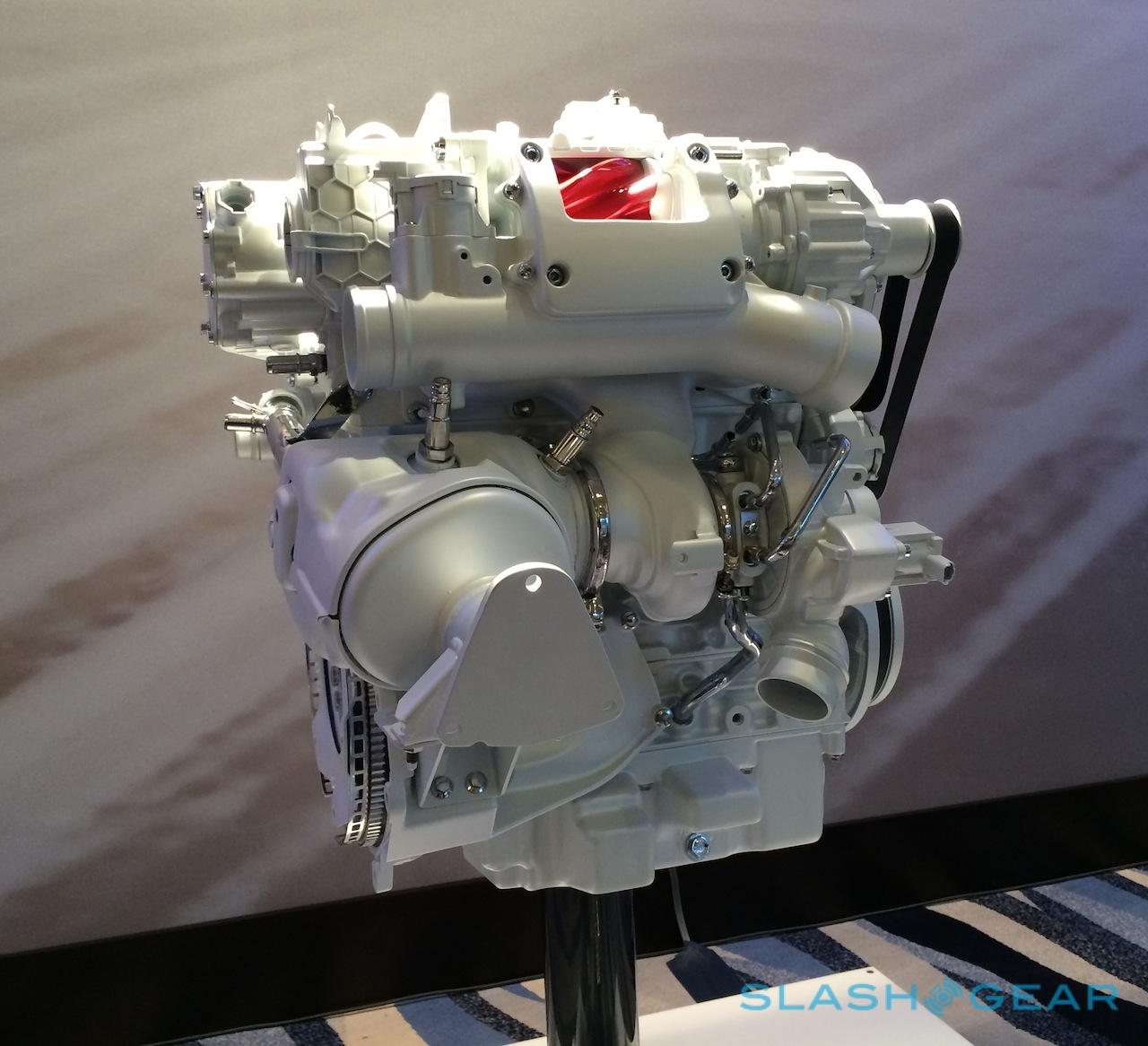Volvo Drive-E: Trying To Wean America Off Its V6 Addiction
Volvo already faced a challenge, taking on the big players in automotive post-divorce from Ford, but now it has given itself a second, arguably more difficult one: weaning America off of its big engine addiction. The Swedish car company has taken an unexpected approach with its model year 2015 line-up, the headline engine option being a 2.0-liter four-cylinder where you might have expected to see a V6 or even bigger. It's what Volvo calls Drive-E, and it's all about changing beliefs about what makes a great powertrain. We caught up with Volvo to find out more.
"The number of cylinders is no longer important." That might sound like heresy to anyone brought up coveting V6 and V8 power, but according to Volvo's Derek Crabb, VP of Powertrain Engineering, it's a sign of how the car industry – and technology like turbochargers and superchargers – has advanced in recent years.
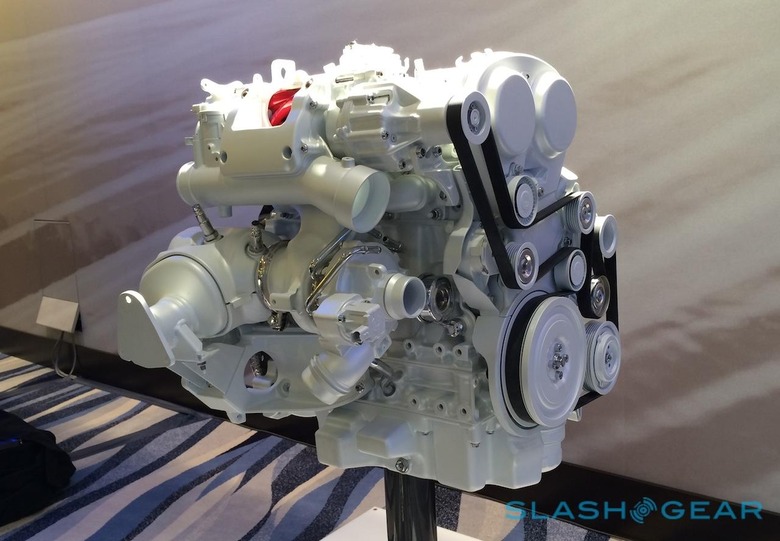
Rather than the eight different engine types Volvo used before, Drive-E takes a relatively small 2.0-liter gasoline or diesel engine as its core. Onto that is bolted a turbocharger for the entry-level T5, or both a turbocharger and a supercharger for the T6, and a new 8-speed automatic gearbox added.
The result is an engine that puts out, in gasoline form (the only option for the US, at least initially), between 140 and 302HP, while saving up to 30-percent of the fuel and 50kg in weight compared to the V6 it replaces. Volvo is quoting up to 37mpg from the T5 Drive-E and up to 35mpg from the T6, which have 240HP and 302HP respectively.
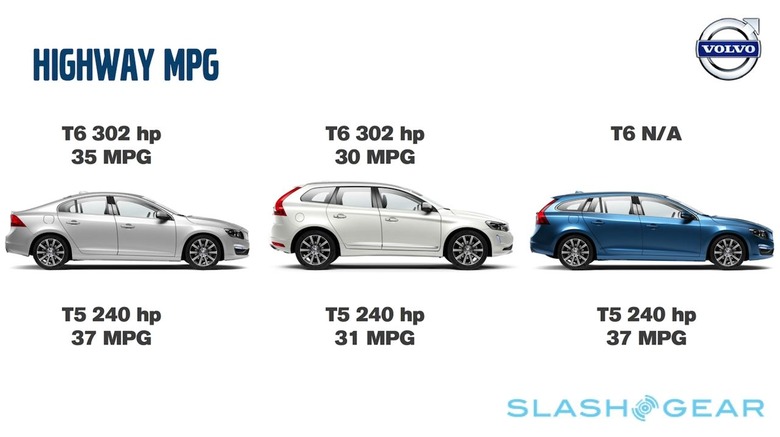
It's also plug-and-play ready for electrification, Volvo's Jan-Erik Larsson, head of the powertrain program, told us. A few swapped out components and Drive-E can be hooked up to a hybrid or full plug-in hybrid electric system, with the reduction in weight and bulk meaning more room for batteries and more advanced front suspension. First to demonstrate that will be a new XC90 crossover later in 2014, using a plug-in hybrid Drive-E system.
Drive-E isn't limited to a 2.0-liter core, either. Larsson said no other engine decision had been finalized, but pointed out to us that switching the current powertrain for, say, a sub-1.5-liter alternative that would sneak in under China's higher tax band for bigger capacities would be relatively straightforward.
The transition to Drive-E won't be instantaneous, however, which may introduce some problems in and of itself. Volvo's new architecture currently only works with front-wheel (FWD) drive cars, not all-wheel drive (AWD). That means new and old engine types will be on-sale side by side in showrooms, confusingly sharing T5 and T6 badging.
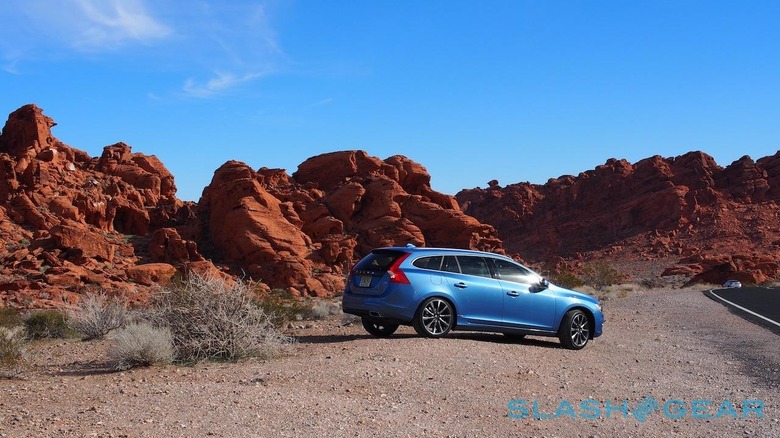
The model year 2015 S60 sedan, V60 sport wagon, and XC90 crossover will be the first to get the T5 and T6 Drive-E engines. Their AWD counterparts, however, will continue with the T5 and T6 5- and 6-cylinder engines; Volvo's Lennart Ranekint tells us a new model platform making AWD and Drive-E compatible for S60-class cars is around four years out, since the company will update its larger platform for the new S80 and similar first.
Still, Volvo argues, the badging uncertainty might not be quite the issue we're envisaging. Demand for FWD and AWD cars is particularly territorial, the company says, and so it's less likely that old and new engines will be on display next to each other in every showroom.
Proof of that particular pudding will be in sales. Volvo predicts 60-percent of S60 and 47-percent of V60 sales will be of Drive-E models, with the T5 turning up in showrooms from February, followed by the T6 around June. Whether American car buyers – people jumping ship from Audi, or stepping up from marques like Honda, are said to be the target audience – will fall for Volvo's sales pitch remains to be seen; to find out how the S60, V60, and XC60 hold up on the road, check out our first-drive impressions.

